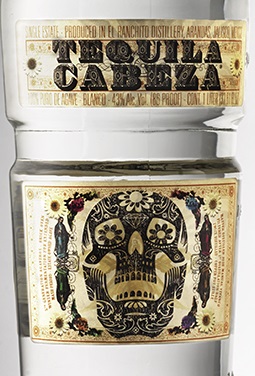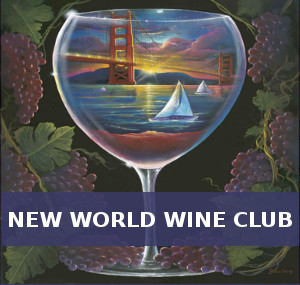There are over 1,100 brands of Tequila. Not only is that figure staggering but if you drank even a few of them, you’d be staggering right up to the moment you fell over. Just how do you go about telling the good from the bad from the ugly? Obviously tasting them will allow you to immediately form an opinion but before even a drop passes your palate there are ways to narrow down your selection without having to spend a small fortune and leaving your taste buds open to the capriciousness of plain old dumb luck.
Tequila must come from one of five recognized growing regions in Mexico, all of which are near the town of Tequila and the predominant region of Jalisco and must be distilled and bottled there as well. If your tequila comes from New Jersey, it ain’t tequila! It must be made of 100% blue agave and say so on the label, or it may contain fermentable sugars, like corn syrup, that are added to the agave and should be avoided at all costs. And speaking of costs, if it’s an unbelievably cheap bargain, you’re going to get exactly what you pay for and it’ll more than likely be unbelievably bad.
Try finding a single estate tequila that contains the agave from one farm that has been fired and fermented and distilled and bottled all on that estate; otherwise, you’ll end up with agave from numerous farms of varying flavors and ages that will be combined somewhere and distilled somewhere else and then bottled in another location, all of which will simply add to the confusion and the bad taste.
Once you’ve done your homework and narrowed down your choices to several potential brands, go online and read the reviews. Most reviewers are brutally honest and will let you know exactly what they think. I sure do. Finally, you need to pick a classification of the tequila you have chosen. Blanco or silver is unaged tequila, Reposado is aged in oak casks for 2 to 12 months, Anejo is aged 12 months to 3 years, and extra Anejo is aged for more than 3 years. The longer they age the more mellow, flavorful and oaky they become. I actually prefer a really good blanco because it gives you more of the natural unadulterated agave taste without the complications, although the complications are quite welcome when tasty and done right.
All that being said, let’s see how our current taste drive rates. Tequila Cabeza is made from 100% blue agave grown by the Vivanco family, 5th generation agaveros, on their single family estate. The pinas are brick oven roasted, slowly fermented and finally double distilled in copper pot stills and only filtered once after the first distillation – so far so good. This particular bottle is the blanco and has the appearance of water in a clear bottle. The labels have an old world feel to them and the bottle is designed with a nip in its body to provide for easy pouring. Well, let’s see if it all adds up to a good pour and palate. The nose is perfumed with roasted agave with no trace of alcohol. Citrus notes follow with a touch of minerals and finally a trace of pepper. The palate is delightfully thick and oily and full of agave taste backed by a hint of citrus and spice and herbal notes and is smooth with a full mouth feel. The finish leaves a taste of the agave with subtle grassy notes, a nuance of spice and pepper and culminates in a citrusy experience. This is a wonderful, full flavored super premium tequila that has all the agave flavor anyone could ever want without any down side. It is perfect straight up in a snifter and even manages to hold its own on the rocks although the flavors become more subtle and mixed. I recommend you enjoy this tequila straight up in a snifter so you can get the full measure of it. A 750 ml bottle will run you somewhere between $31.99 to $35.99 with a high end in the low $40’s but it is money well spent.
.
by George Brozowski














